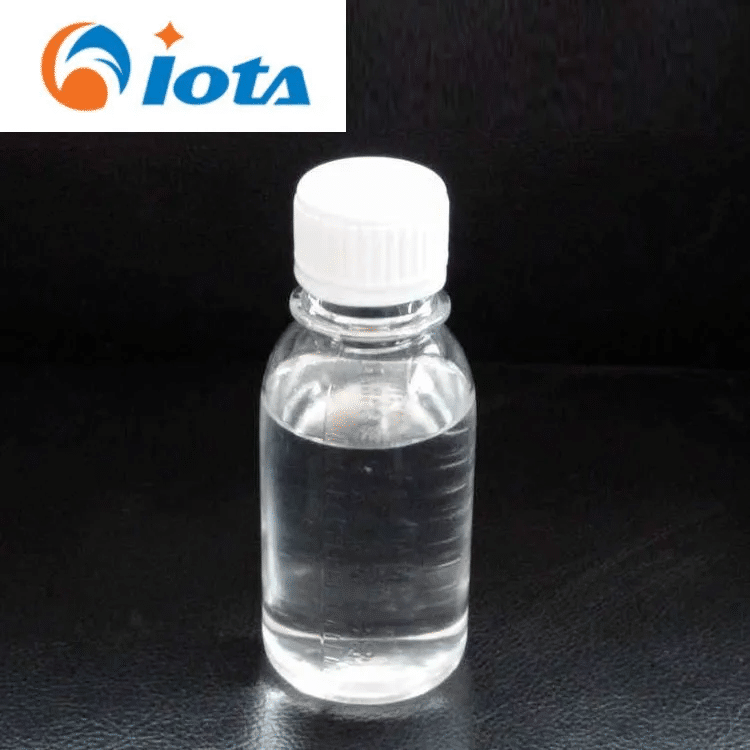Ethyl Silicone Oil, as a core member of the organic silicon compound family, has become an indispensable functional material in modern industry due to its unique molecular structure (with Si-O bonds as the main chain and ethyl groups as the side chain) and excellent physical and chemical properties. Its colorless and transparent, low volatility, high and low temperature resistance (-60 ℃ to 200 ℃), chemical inertness and other characteristics make it irreplaceable in lubrication, demolding, insulation, defoaming, damping and other scenarios. This article will analyze how ethyl silicone oil promotes innovative development in the silicone industry from three aspects: technical principles, application scenarios, and industry trends.

1、 Technical characteristics: Molecular structure determines performance boundaries
The performance advantage of ethyl silicone oil lies in its ingenious molecular design. The bond energy of Si-O bond (460 kJ/mol) is much higher than that of C-C bond (347 kJ/mol), endowing it with excellent heat resistance and oxidation resistance; The side chain ethyl group (C ₂ H ₅) reduces intermolecular forces through steric hindrance effect, making it both low viscosity and high lubricity. In addition, by adjusting the polymerization degree (n value), its viscosity range (10-100000 mPa · s) can be precisely controlled to meet the needs of different scenarios. For example, low viscosity products (n=10-50) are suitable for high-speed bearing lubrication, while high viscosity products (n=500-2000) are commonly used for damping materials.
2、 Application scenario: Full coverage from precision manufacturing to the field of new energy
High end lubrication field
Ethyl silicone oil is widely used in precision fields such as aerospace and semiconductor manufacturing due to its extremely low friction coefficient (0.01-0.1) and excellent wear resistance. For example, in rocket engine turbopumps, ethyl silicone oil can maintain fluidity at a low temperature of -50 ℃, while withstanding extreme working conditions of 200 ℃ high temperature and high-speed rotation (>10000rpm), significantly extending equipment life.
New energy battery packaging
With the increase in energy density of lithium batteries, the requirements for heat resistance and insulation of packaging materials are becoming increasingly stringent. Ethyl silicone oil, as a thermal conductive adhesive filler, can fill gaps in battery modules, reducing thermal resistance to below 0.1 ℃· cm ²/W, while its dielectric strength (>20kV/mm) effectively prevents short circuit risks. According to data from a leading battery company, the use of ethyl silicone oil encapsulation can increase battery cycle life by 15%.
Biomedical materials
By introducing amino or carboxyl groups through modification, ethyl silicone oil can be prepared into biocompatible coatings for surface modification of implants such as cardiovascular stents and artificial joints. Experiments have shown that the modified ethyl silicone oil coating can reduce protein adsorption by up to 80%, significantly reducing the risk of postoperative thrombosis.
3、 Industry Trend: Greening and Intelligence Lead the Future Direction
Currently, the ethyl silicone oil industry is facing two major changes:
Green synthesis technology: Traditional methods rely on chlorosilane hydrolysis, which generates a large amount of HCl waste gas. New catalytic technologies, such as platinum catalyst closed-loop polymerization, can increase atomic utilization to 99% and reduce pollutant emissions.
Intelligent response material: By introducing temperature sensitive or photosensitive groups, ethyl silicone oil can achieve intelligent control of viscosity changes with temperature or light. For example, in the field of 3D printing, photosensitive ethyl silicone oil can quickly cure under ultraviolet light irradiation, with a printing accuracy of up to 10 μ m.
According to market research institutions' predictions, the global market size of ethyl silicone oil will continue to grow at a compound annual growth rate of 6.2%, and is expected to exceed 2.5 billion US dollars by 2027. With the promotion of China's "dual carbon" strategy, the demand for high-performance silicone materials in downstream industries such as new energy and electronic information will continue to be released. Ethyl silicone oil, as a key basic material, its technological iteration and industrial upgrading will profoundly affect the global manufacturing industry pattern.
